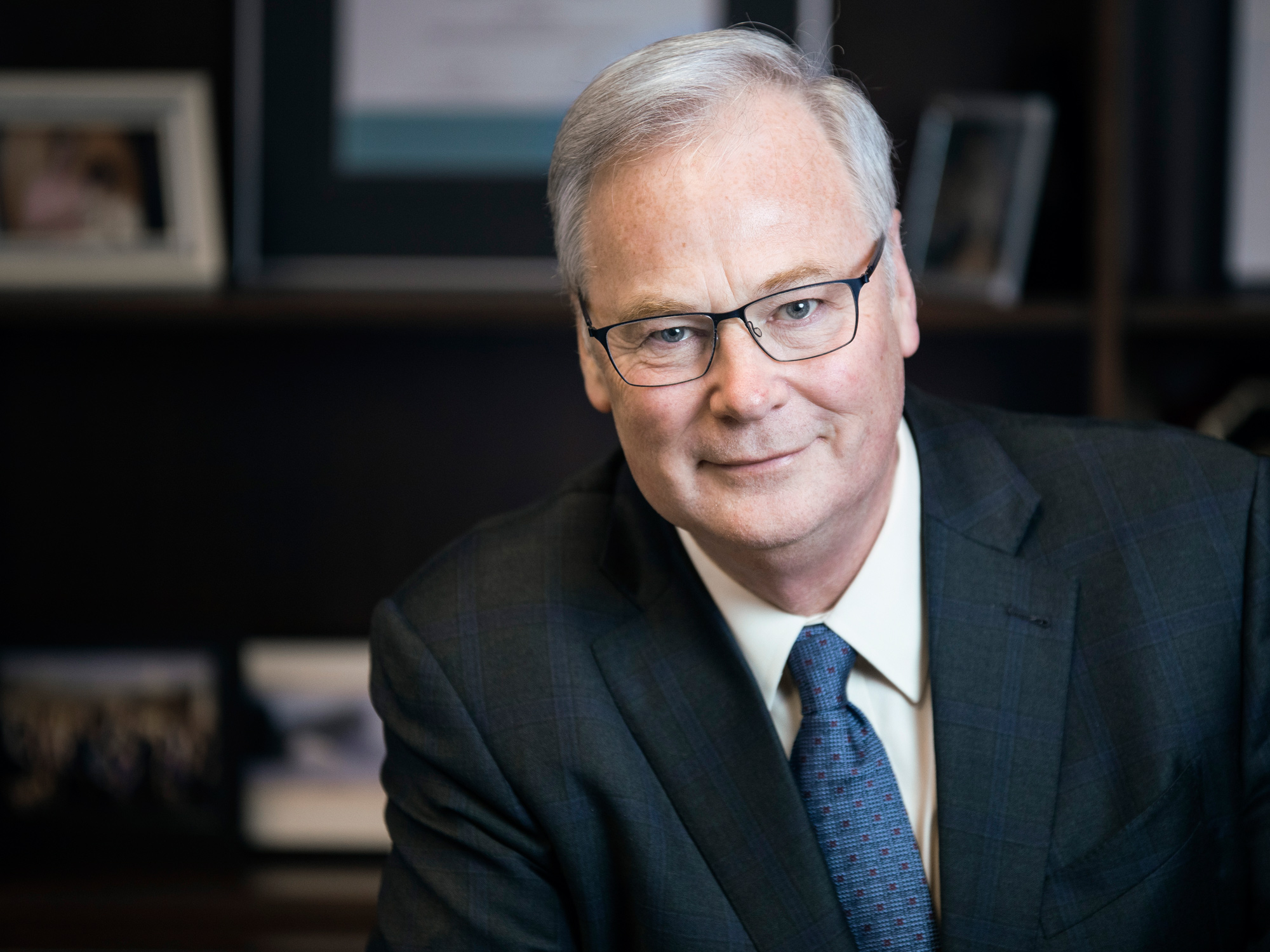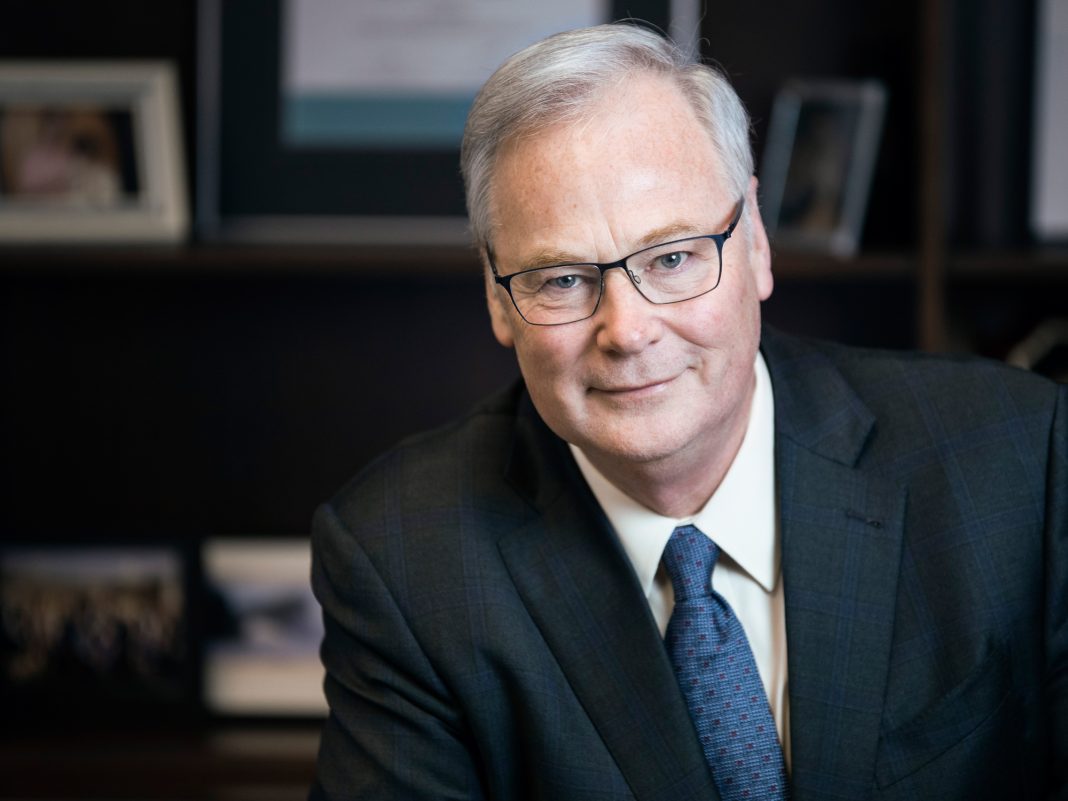What does the future of health care look like in Ottawa? It’s not just a topic for medical professionals, futurists, and tech start-ups, it’s an exciting conversation that is happening right now with ordinary citizens, all levels of government, and staff and neighbours of The Ottawa Hospital.
The planning of a new campus of The Ottawa Hospital on Carling Avenue is giving Ottawans an unprecedented opportunity to engage in the design process, reimagine health care delivery, and create a new vision for Ottawa itself.
In order to look at the future of health care, it’s important to take a look back. Hospitals have been around for centuries, mainly as a place to shelter and heal the most vulnerable members of our society. In the not-too-distant past, they were large institutional buildings designed almost entirely from the health provider’s perspective, not the patient’s – large wards, a factory feeling – diagnosis, treatment, and a farewell. In sharp contrast, a modern Ottawa hospital offers patients a more holistic approach to health care, a place that addresses disease prevention and health promotion in addition to being a hub for patient care, education, and research. Dr. Jack Kitts, CEO of The Ottawa Hospital describes this idea as “the continuum of care.”

Hospitals were always about caring for patients, but more so than ever, they’ll be part of a system that follows the entire continuum, from public health, disease prevention, healthy living, right through to primary care, acute care, and post-hospital care as well.
The new Ottawa hospital will be a modern, eco-friendly, 21st century health care facility that will build on The Ottawa Hospital’s international reputation. Dr. Kitts describes the new campus as a place of bright open areas punctuated with green spaces – walking paths, bike paths, and wellness gardens – to facilitate a patient’s recovery but also make it a pleasant place to work.
It’s easy to forget that the discussion at hand isn’t just about planning a new hospital in isolation. It’s a reimagining of a significant part of Ottawa’s real estate. Guiding some of the key decisions will be a major consultation process with stakeholders and the wider community.
“The major part of the public consultation, where I think they’ll be most engaged, is the whole design and vision for the hospital,” says Dr. Kitts. “How does it fit into the neighbourhood, how does it blend with the streetscape, how much greenspace, where would it be, all sorts of things. How high, how large? The public will be very much engaged in the design and vision for the hospital.”
In time, Ottawa residents should also expect restructuring at the General and Riverside campuses. Part of the planning process will also determine which departments remain at which campus, with the intention of bringing certain services together to gain efficiency and ultimately improve patient care.
“There will be lots of planning, lots of benchmarking, looking at best practices, and involving a lot of people,” says Dr. Kitts, “but knowing that the biggest thing we’ll have to plan into this new hospital is to be flexible for whatever the future might bring.”
Built-in flexibility is a “green” idea that ensures the new building will operate at maximum efficiency and provide good value, not just in 10 years when it’s built, but over the next 100 years. How does flexibility come into play? Imagine new medical techniques and treatments that won’t require overnight stays and free up hospital beds and staff, space which then can be used for something else. Imagine that in 50 years it becomes common for Ottawa residents to order driverless cars to bring them to their appointments. We will need to be ready to adapt to changing times.
There are a lot of things we don’t know about the future. (Dr. Kitts is still hoping for a Star Trek style diagnostic tool like the tricorder.) We don’t know what new discoveries and inventions will come along, but we can predict that 21st century health care will be fully digitized, with health information at the fingertips of health care providers as well as patients. We can also predict that medical treatments will be personalized to a greater degree. The traditional “one size fits all” approach to treatment is already disappearing in some departments. For example, not everyone who has the same type of cancer should get the exact same treatment. Personalized health care is a better fit for a patient’s needs, and often results in faster recovery and fewer side effects.
It’s not too early to start talking about what will happen to the current Civic campus.
“I think it’s exciting to be able to think about how we might incorporate this site into the new hospital,” says Dr. Kitts. Once again, he goes back to the desire to encompass that continuum of care, because the discussion is about more than just a tertiary care hospital.
How it could integrate with the new campus on that continuum of care? Dr. Kitts speculates as to whether it could become a part of our “health village,” with retirement living, assisted living, long term care, or palliative care.
“As good as the health care system is today, I hope that each year it’s going to get progressively better and easier, both in prevention and cure,” says Dr. Kitts. “That’s where this hospital really prides itself in offering tomorrow’s health care, today.”
